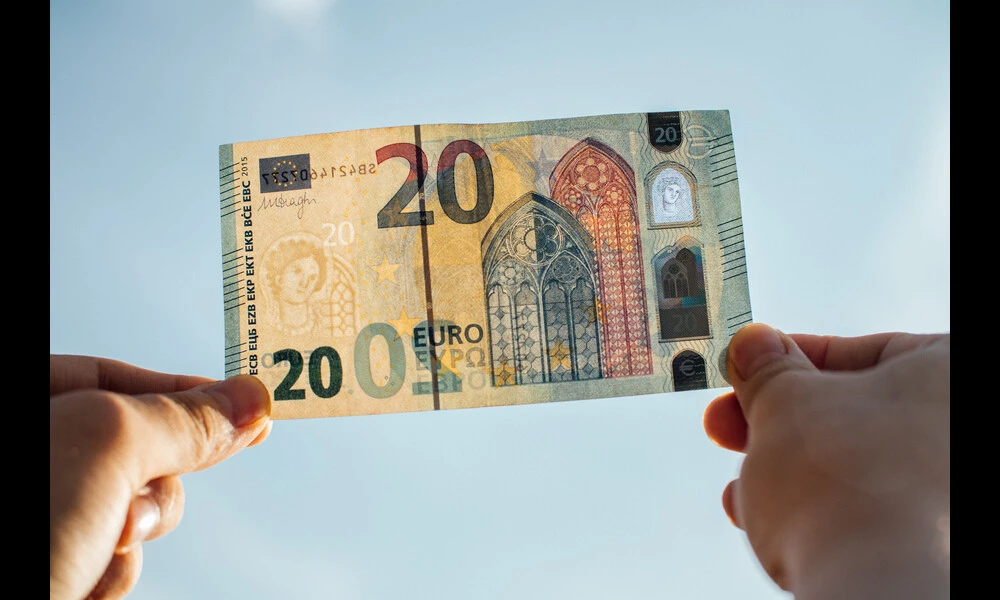Electron-Boson Interactions Could Explain "Strange Metals"
Published on Wed Apr 24 2024 File:Ytterbium-3.jpg | Materialscientist on Wikimedia
File:Ytterbium-3.jpg | Materialscientist on Wikimedia
In the quest to unravel the mysteries of so-called "strange metals," researchers at Rice University have embarked on a journey deep into the atomic interactions that define these enigmatic materials. In their latest study, published in the preprint server arXiv, Yiming Wang and colleagues have shed light on the unusual behavior observed in the shot noise of quantum critical heavy fermion metals. Strange metals have long baffled scientists with their unconventional charge carriers and resistance to electrical current, behaviors that challenge the traditional understanding of metals. This study not only offers a new theoretical model to explain these phenomena but also underscores the importance of electron-boson interactions in the quantum realm.
At the heart of this research is the exploration of shot noise - a measure of the granularity in the flow of electrical current - within coupled electron-boson systems. Unlike ordinary metals, where shot noise reveals well-defined quasiparticles carrying charge, strange metals exhibit a suppression of the Fano factor, a dimensionless measure of shot noise. This suppression hints at a breakdown of the quasiparticle concept, suggesting that electrons in these materials do not behave as individual particles. The team at Rice University approached this puzzle by developing a theoretical framework that accounts for the interactions between itinerant electrons and collective excitations known as bosons.
By constructing and solving a set of coupled Boltzmann-Langevin equations, the researchers offer a novel insight into how electron-boson interactions might restore the Fano factor to values expected in conventional Fermi liquids, metals that adhere to traditional quantum mechanical descriptions. This restoration is particularly apparent under certain conditions, where the coupling between electrons and bosons is strong enough. Their findings not only provide a theoretical basis for the suppression of shot noise but also suggest that the peculiarities of strange metals arise from a form of quantum criticality that extends beyond the established Landau theory of Fermi liquids.
For the lay reader, this study illustrates a significant step forward in our quest to understand the fundamental properties of materials on the brink of quantum transitions. Quantum critical points, which mark a change between different states of matter at absolute zero temperature, are of intense research interest for their role in high-temperature superconductivity and other exotic phases. By exploring the interplay between electrons and bosons, the Rice University team opens new avenues for understanding and manipulating materials with strange metallic behavior. This research not only deepens our grasp of high-temperature superconductors and other materials with technological potential but also brings us closer to unlocking the mysteries of quantum materials.



